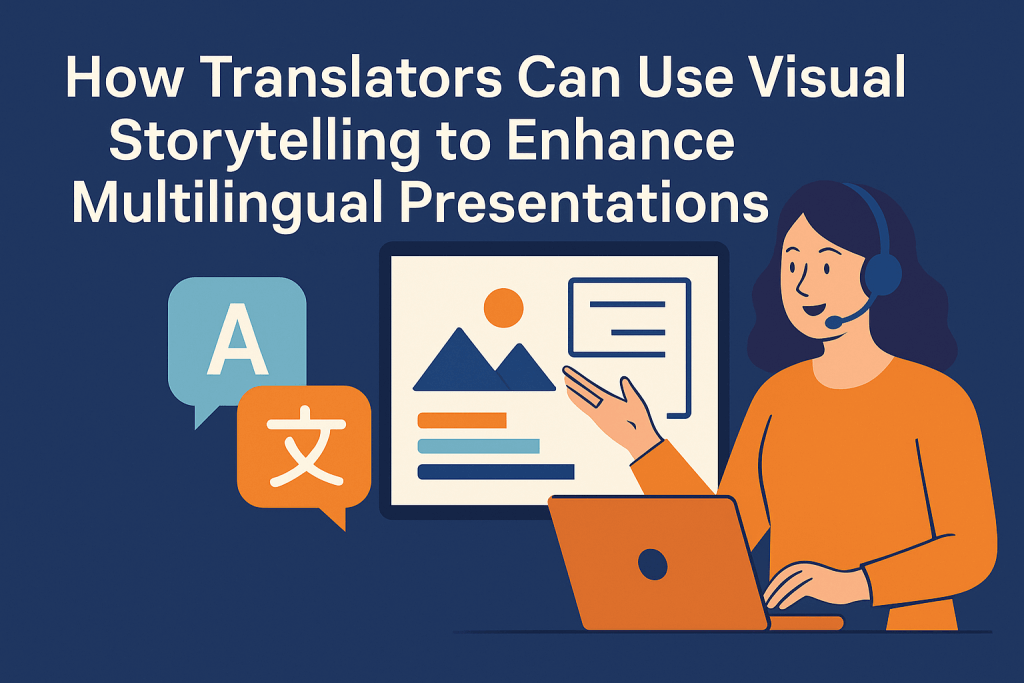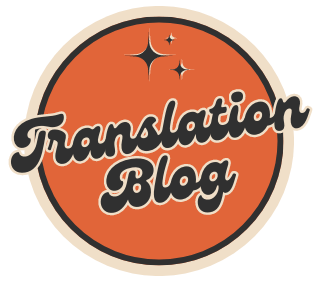In our increasingly global world, effective communication goes beyond accurate translation. Translators play a pivotal role in ensuring messages are not only linguistically accurate but also culturally appropriate and engaging. One emerging strategy that empowers translators to elevate their work is visual storytelling.
When paired with the right tools, such as AI-powered presentation templates, visual storytelling becomes a powerful asset for creating compelling, multilingual presentations that resonate across cultures.

Why Visual Storytelling Matters in Translation
Words carry meaning, but visuals transcend language. Here are some key reasons why visual storytelling is crucial in translation work:
- Cross-cultural appeal: Visuals like images, icons, charts, and illustrations can often communicate ideas more universally than text.
- Enhanced understanding: Visual aids reinforce verbal and written communication, helping audiences grasp complex ideas faster.
- Memory retention: People retain visuals better than text, making your message more memorable.
- Engagement: Visual elements break up dense content and keep audiences interested.
For translators working on training modules, marketing content, or business communications, these benefits are invaluable.Today, many Free Presentation Templates are available online that support diverse languages and scripts, making it easier than ever for translators to build visually rich, adaptable content without starting from scratch.
Challenges of Multilingual Presentations
Translating presentations comes with its own set of challenges:
- Text expansion/contraction: Some languages require more or fewer words than others, affecting layout.
- Font compatibility: Not all fonts support special characters or non-Latin scripts.
- Design inconsistency: Manually editing slides for different languages can lead to formatting issues.
- Cultural misinterpretation: Certain images, colors, or symbols might not be appropriate for all audiences.
Translators can overcome these challenges by incorporating visual elements that are flexible, adaptive, and culturally neutral.
How SlideUpLift Helps Translators Tell Visual Stories
SlideUplift is a platform offering thousands of pre-designed PowerPoint Presentation templates with built-in flexibility for multilingual use. Here’s how SlideUpLift supports translators:
1. Multilingual-Friendly Templates
SlideUpLift’s templates are designed to accommodate text in various scripts and languages. Whether you’re translating content into German, Arabic, or Japanese, these templates support consistent formatting.
2. AI-Powered Slide Suggestions
The platform includes an AI prompt generator to help users craft slide headlines and structure content effectively—great for non-native speakers or translators seeking inspiration.
3. Visual Elements for Global Audiences
Templates include icons, infographics, timelines, and diagrams that are visually descriptive and culturally adaptable. These reduce the dependence on text and minimize the risk of misinterpretation.
4. Time Efficiency
Templates reduce time spent on manual layout adjustments, allowing translators to focus on language quality and localization accuracy.
Best Practices for Translators Using Visual Storytelling
To make the most of visual storytelling in multilingual presentations:
- Use neutral visuals: Avoid culturally specific imagery unless it enhances meaning in a localized version.
- Leave space for text variation: Choose templates with flexible layouts that accommodate different text lengths.
- Be mindful of color usage: Colors can carry different connotations across cultures. Research your audience.
- Test every version: Always preview your translated presentation to ensure that design elements align properly in every language.
Real-World Application: A Case Study
A global NGO required a training deck translated into six languages for regional offices. The translation team used SlideUpLift templates to:
- Maintain visual consistency across all languages
- Use icons and visuals to reinforce key messages
- Quickly adapt layouts without starting from scratch
The result? A visually cohesive, multilingual presentation delivered ahead of schedule.
Conclusion
Translators are key facilitators of global communication. By embracing visual storytelling and tools like SlideUpLift, they can amplify the clarity, impact, and reach of their work. Whether it’s for business, education, or nonprofit communication, leveraging visuals ensures that your message crosses not only linguistic boundaries but cultural ones too.
Explore how SlideUpLift can support your next multilingual project by visiting.

